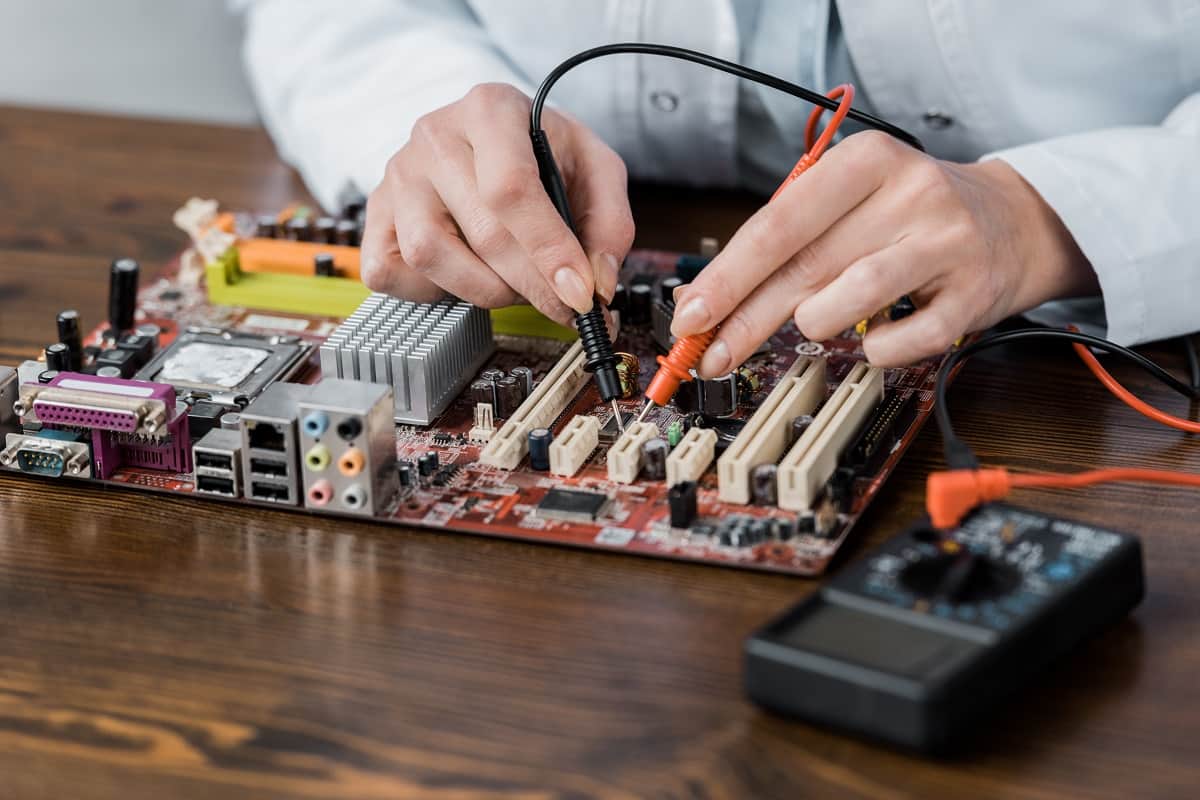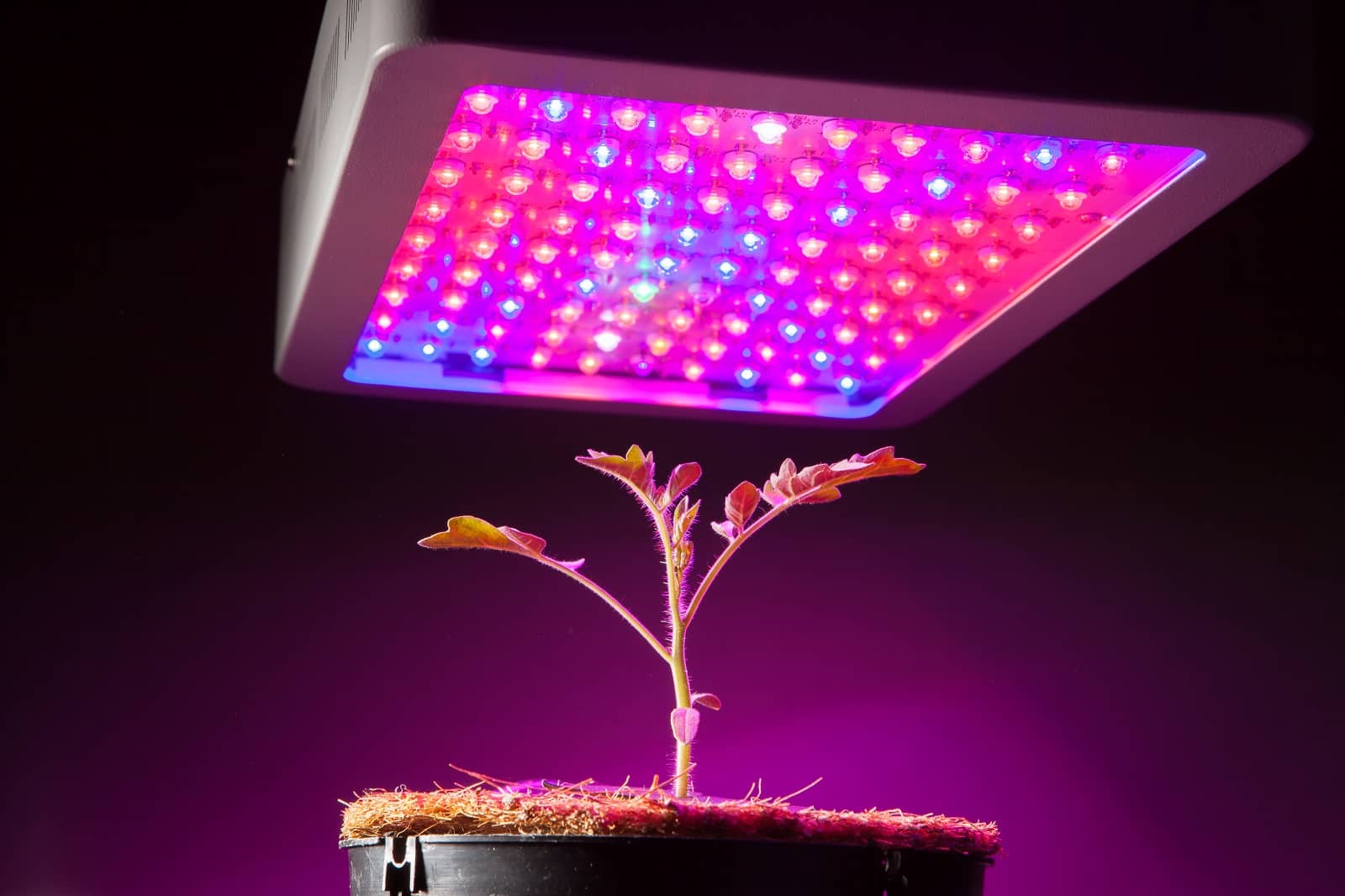If you reside in the cold regions or you are just preparing for the winter then a water heater is most likely one of the home appliances you possess or should get. The reason for its invention is to make heating water a lot more convenient. Now there is no need to boil water from the kettle, you can have your hot water pouring directly from your faucets and shower hoses.
Like all appliances, water heaters can get dirty. In this post, I’m going to enlighten you on how to clean a water heater without causing damage to the appliance.
There different ways to go about cleaning a water heater successfully. There are the conventional way and the one that involves the uses of vinegar. Later on this post, I’m going to lay how the steps for both the conventional way and the one involving the use of vinegar. In the end, it’s up to you to choose which is best for you.
Contents
How does the water heater work?
Before we move into the details of how to clean a water heater, it’s best to understand the workings of the device.
There are two types of water heaters, one is powered by gas and the other by electricity. They possess both similar and different components. The parts that are cleanable is present in both the gas and electric water heater, so there is no need to worry about which method is best for each type of heater as there is only one cleaning method.
Using a water heater is quite simple, all that you are required to do Is funnel in cold water through the dip tube located on top of the device until the water fills up the tank to an appropriate level. This tank is where the water will be heated according to the temperature you require.
…from there on, you can enjoy your warm morning showers, no more nerve-racking showers…
Why is it important to clean my water heater?
Generally, every appliance has to be clean in order for it to perform better and last longer. The water heater needs cleaning because it’s so easy to get damaged. And the main cause of the damage is ‘hard water’.
What is hard water?
This is a type of water that has some amount of mineral content in it. There are several problems caused by hard water in our everyday activities such as making soap hard to rinse away while showering or washing dishes, the laundry feels scratchy, it gives the water taste and worst of all it can damage your water heater.
How does hard water affect the heater?
Every time hard water pumped in is heated, there are dirt, sediments, and minerals that settle at the bottom of the tank. Over time this dirt will develop into a thick brown sludge that can clog up the filter and also prevent the water heater from performing optimally. In the long run, you could be left with scrap if you don’t maintain this appliance.
How does hard water affect the electric and gas water heater?
Hard water has a different way of casing issues to each type of water heater.
In the electric heater, the sediments can cause the coating of the heating elements which will then lead to inefficient heating of water.
For the case of a gas heater, as the sediments fall to the bottom of the tank, they create spots weaken the tank material and then cause the tank to leak.
The sediment builds from the hard water can also cause clogging of the water heater drain pipe.
Symptoms to look out for
Most water heater owners or owners of home appliances, in general, do not pay attention to symptoms that indicate damage of a device in the long run. They usually end up paying a lot of money for repairs or losing money due to total damage of the appliance/water heater.
In order to avoid being among those people, you can prevent your water heater from damage by monitoring the devices for these symptoms:
Water isn’t hot enough
An unflushed water heater tends to underperform its function and its due to the buildup of sediments in the tank. In the case of an electric water heater, the sediment build-up will cause the coating of the heating element which leads to inefficient heating.
It takes much longer to heat up
This is another indication that your water heater has issues. The cause of this symptom is also due to the build-up of sediments and minerals which affect the water readiness to heat up.
The water heater dispenses a brown sludge, as a result of dirt, minerals and sediment build-up.
The heater begins to leak
As the sediments build-up, the metal tank begins to rust. This will cause the water to leak out of the tank. As the appliance is in use, it begins to make popping and rumbling noise. This is as a result of dirt and sediment build-up.
The water develops a bad smell of rusted metal and wet dust
How to test water heater for issues
After heating the water with the appliance, let it run through the faucet or shower hose and make use of a thermometer. If the water is below 120°C then it’s likely that your water heater is under-performing. It could also be because you lowered the temperature of the heater.
Safety precautions before cleaning the water heater
There are some steps to take before cleaning the water heater. These precautions are for your personal safety and to ensure your device lasts longer.
Before cleaning or flushing your water heater there are some crucial things to consider.
To begin, identify the type of water heater, is it an electric water heater or it’s powered by gas? Knowing this will make it easy for you to choose the appropriate precautionary method to adopt before cleaning the appliance.
If it’s a gas water heater, find out if the pilot must be manually lit. You can get this from the manual provided by the manufacturer of the device.
For both types of water heater: get a long hose that starts from your water heater to the fall drain. Sometimes you may be required to get a very long hose. This is needed when your water heater is placed somewhere that is not so easily accessible, like an attic. With the hose present, your water heater will be very efficient and then it will last longer.
Extra equipment needed
Here is some equipment that can help you in cleaning or flushing the tank successfully:
- A pair of gloves
- A hose
- A bucket
How to clean the water heater
This is the conventional step. Make sure to follow the preventive measure discussed earlier on this post., so that there won’t be regrettable problems.
OK then…
Let’s begin!
Step 1: Identify if its a gas or electric water heater
This very easy to do, scan around the appliance tank for any labels or warnings which can indicate whether the heater is electric or gas. You would see an instruction that says the turn of the gas or electricity.
Another way to identify is if there is a pilot light, then the water heater is likely gas.
Note: This was already mentioned in the “safety precautions to take before cleaning the water heater “. This is just a reminder.
Step 2: Look for the water drain, shut off valve and the pressure release valve
The drain can be found below the water heater. It is a spout that has threads that help to attach a hose. The water shut off valve can be found on top of the water heater and the pressure release valve is also located on top of the heater. There should be labels present for easy identificational
Step 3: Turn off the heating source for the water heater
By now you should know what type of water heater it is and you know where the crucial parts are located. The next step to take is turning off the heating source of the appliance.
After all, there is really no need for heating water that would soon be drained out after cleaning. Also, turning off the heating source will save the water heater a lot of energy.
Step 4: Turn off the water drain so you can detach it from the home pipe outlet and then attach it to a hose.
That’s all
Step 5: Turn on the water drain followed by the pressure release valve
After attaching the hose, the next thing to do is turn on the water drain and along with the drain, open the pressure release valve.
Once the pressure release valve is opened, air would come into the tank from the top and increase the drain of the water. As the water is coming out, you will notice that it is quite dirty or sludgy to be exact. This is due to the build-up of sediments in the tank.
Note: you will need about 10 – 30 minutes for complete draining.
Step 6: Flush out the sediments
You begin this step by turning off the water drain and then detaching the hose. After that, take the bucket and place it directly below the water drain.
Flush out the sediments by turning on the water supply for the tank while the water drain is still open. This way all the sediments should come out o the tank and into the bucket.
Note: You will need a few gallons to completely flush out the sediments. If the water draining out doesn’t appear dirty then you are done.
Final step: Fill the tank once again with water
Immediately after the last step, close the water drain and then the pressure release valve.
After that, turn on the water supply until the tank is full. Now you can heat up your water with no worries of damage or bad water.
Note: when filling the tank, make sure the water reaches the brim. A half-filled tank or a tank with some space can cause heating damage to the water heater
How to clean a water heater with vinegar
This cleaning method is used when your water heater unit has sediment problems. You can say it is the method you turn too when the conventional flushing isn’t that effective.
DON’T MISS: The most efficient space heater type
The reason for this method is to help remove those and limescale deposits that don’t seem to drain off while you conventionally flushed the tank. The vinegar helps to break up or soften the solid sediments or limescale so that flushing the tank once again will be a lot easier.
In the conventional method, all that is required is a hose and the drain valve. In this method, you will need clear access to the tank within the heater so you can easily apply vinegar. You will also need a gallon of vinegar.
Steps to follow:
- Start by draining a little bit of water (a few gallons) from the tank using the water drain
- Then close all the taps and the drain valve
- If the water heater is electric, remove the anode rod from the top of the water heater and then funnel in the vinegar into the tank. After that, put the anode back into its place.
- Turn on the water heater’s water supply, make sure the water is cold. Let it fill up the tank and then stir the content of the tank so it becomes a solution of water and vinegar.
- Leave it for a few hours and then begin to flush it out.
Note: watch out for large pieces of solidified sediments that might clog up the drain valve.
Conclusion
So there it is, all you need to know on how to clean water heater, the safest and effective way possible. You have been given the conventional method and the thorough one which involves the use of a solution of vinegar and water. Once the steps are followed, your shower heater should perform better. By now you should be enjoying a warm shower with no fear of clogging.
Jim Powell
Jim is our staff editor and writer. He has a degree in engineering. His hobbies are radio engineering and new technologies about which he has been writing for more than 7 years.



